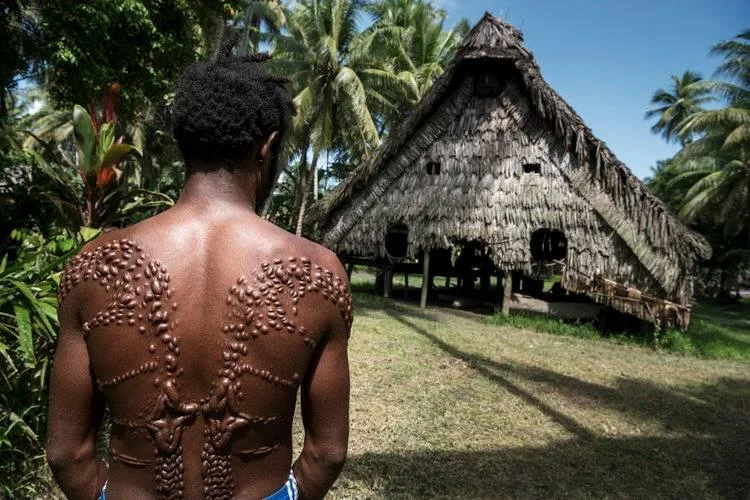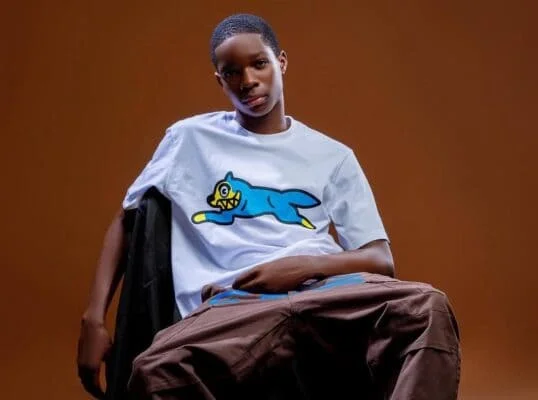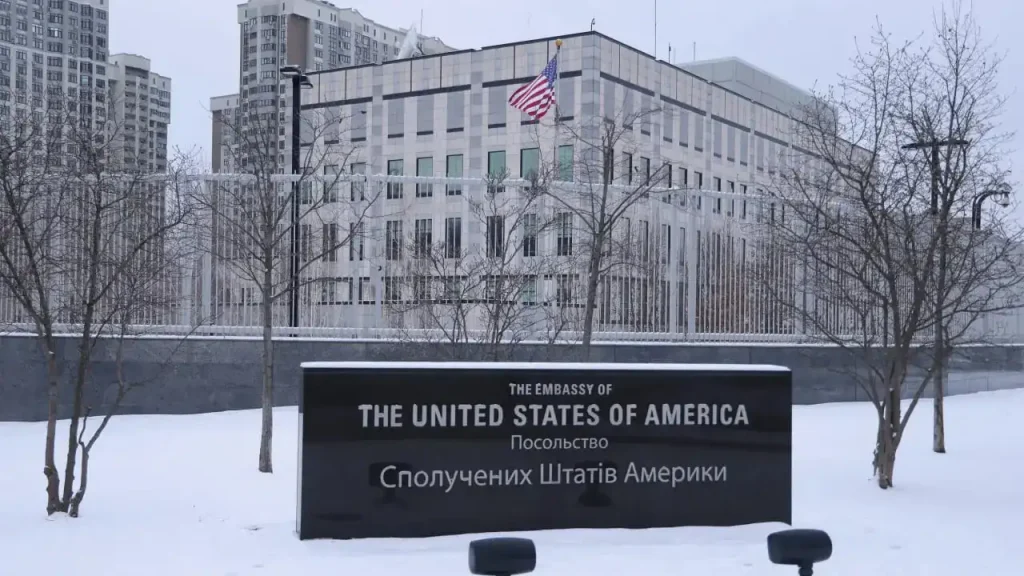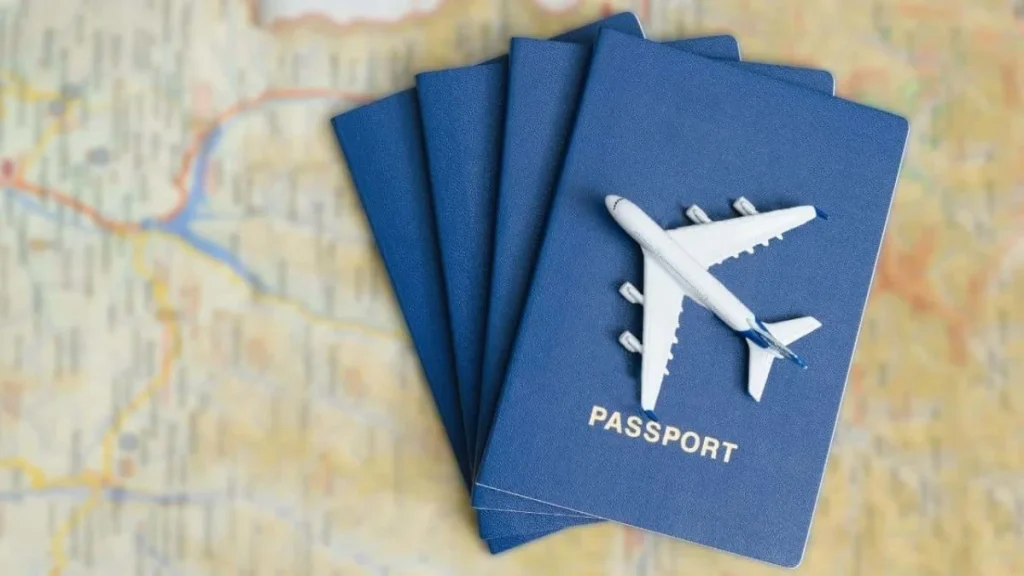While not located in Africa, the Kaningara people of Papua New Guinea have a cultural practice that bears striking similarities to African scarification traditions. The crocodile scarification ritual is a symbolic and visually stunning rite of passage for young men in the Sepik River region. This elaborate process, in which intricate crocodile-like scars are carved into the skin, marks the transition from boyhood to manhood. The scars are a representation of strength, courage, and connection to the crocodile, a sacred animal in Kaningara cosmology. This article delves into the process and cultural significance of this unique tradition, offering insights into how rites of passage continue to shape identity in indigenous societies.
The Importance of the Crocodile in Kaningara Culture
The crocodile holds a central place in the mythology and belief system of the Kaningara people. As the dominant predator of the Sepik River, the crocodile is seen as both a protector and a powerful symbol of strength and survival. In Kaningara cosmology, it is believed that humans are descendants of crocodiles, and that the scars created during the initiation ritual are a way of marking this connection.
For the Kaningara, the crocodile is not just an animal but a spiritual entity that guides and protects the people. The scarification process serves as a form of transformation, where the initiate sheds his boyhood identity and takes on the attributes of the crocodile—strength, resilience, and the ability to survive in a harsh environment. It is a way of honoring the animal and cementing the young man’s place within the community.
The Scarification Process: Pain as a Path to Manhood
The crocodile scarification ritual is a lengthy and painful process that takes place in a sacred spirit house, known as a “haus tambaran.” The ritual is overseen by elders and spiritual leaders, who guide the initiates through the various stages of the process. The initiates are usually adolescent boys, around the age of 15 or 16, who are ready to transition into adulthood.
The scarification process involves making deep cuts in the skin with a razor or sharp instrument, forming intricate patterns that resemble the scales of a crocodile. The cuts are made on the back, chest, and arms, and are deliberately designed to create raised scars once they heal. The pain of the procedure is intense, and it is expected that the young men endure it without complaint as a demonstration of their strength and readiness for manhood.
To ensure that the scars remain prominent, the wounds are often rubbed with ash or clay, which helps to raise the skin and create a pronounced, crocodile-like texture. This process can take several hours or even days, depending on the complexity of the patterns and the number of initiates.
Cultural Significance and Symbolism
The scars left by the crocodile ritual are a source of pride for the men of the Kaningara people. They are seen as a mark of bravery and resilience, symbolizing the young man’s ability to endure pain and hardship. The scars are also a physical representation of the initiate’s connection to the crocodile, which is believed to endow him with strength, wisdom, and protection.
In Kaningara society, a man’s scars are a visible sign of his maturity and readiness to take on the responsibilities of adulthood, including marriage, family, and leadership. The scars also serve as a reminder of the spiritual journey the young man has undertaken, connecting him to his ancestors and the natural world.
Modern Challenges and Preservation of Tradition
Like many indigenous traditions, the crocodile scarification ritual has faced challenges in recent years. The influence of Western culture, modernization, and the spread of Christianity have led some members of the Kaningara community to question the necessity of such painful rites of passage. Additionally, concerns about health and safety have been raised, particularly regarding the risk of infection from the scarification process.
Despite these challenges, the crocodile scarification ritual remains an important part of Kaningara identity. Many young men continue to undergo the process as a way of honoring their cultural heritage and proving their strength and bravery. For the Kaningara people, the scars are not just a mark of the past but a symbol of























